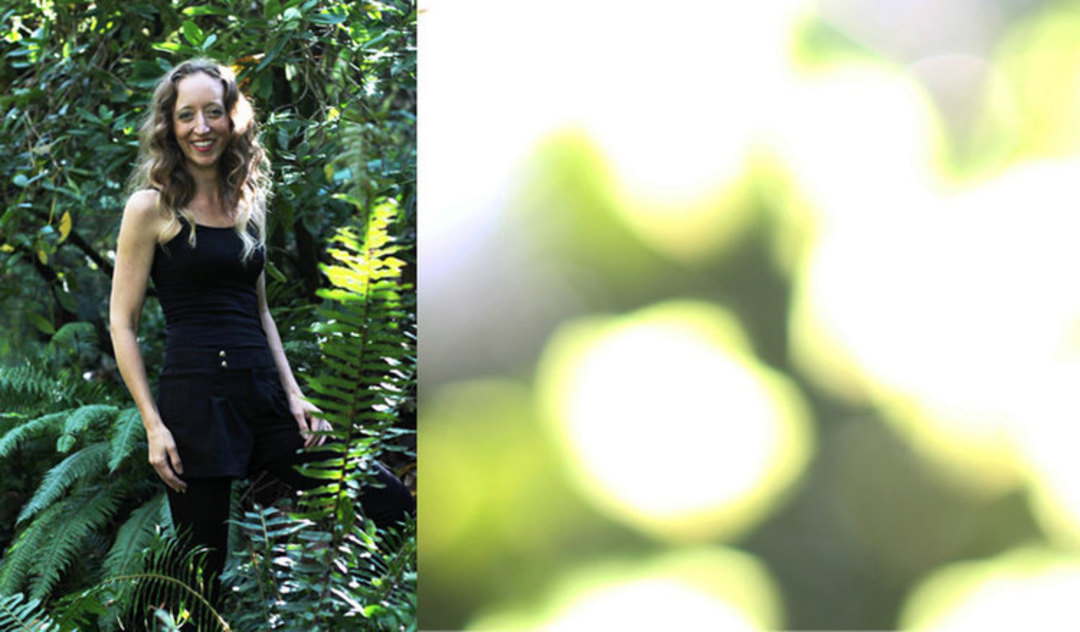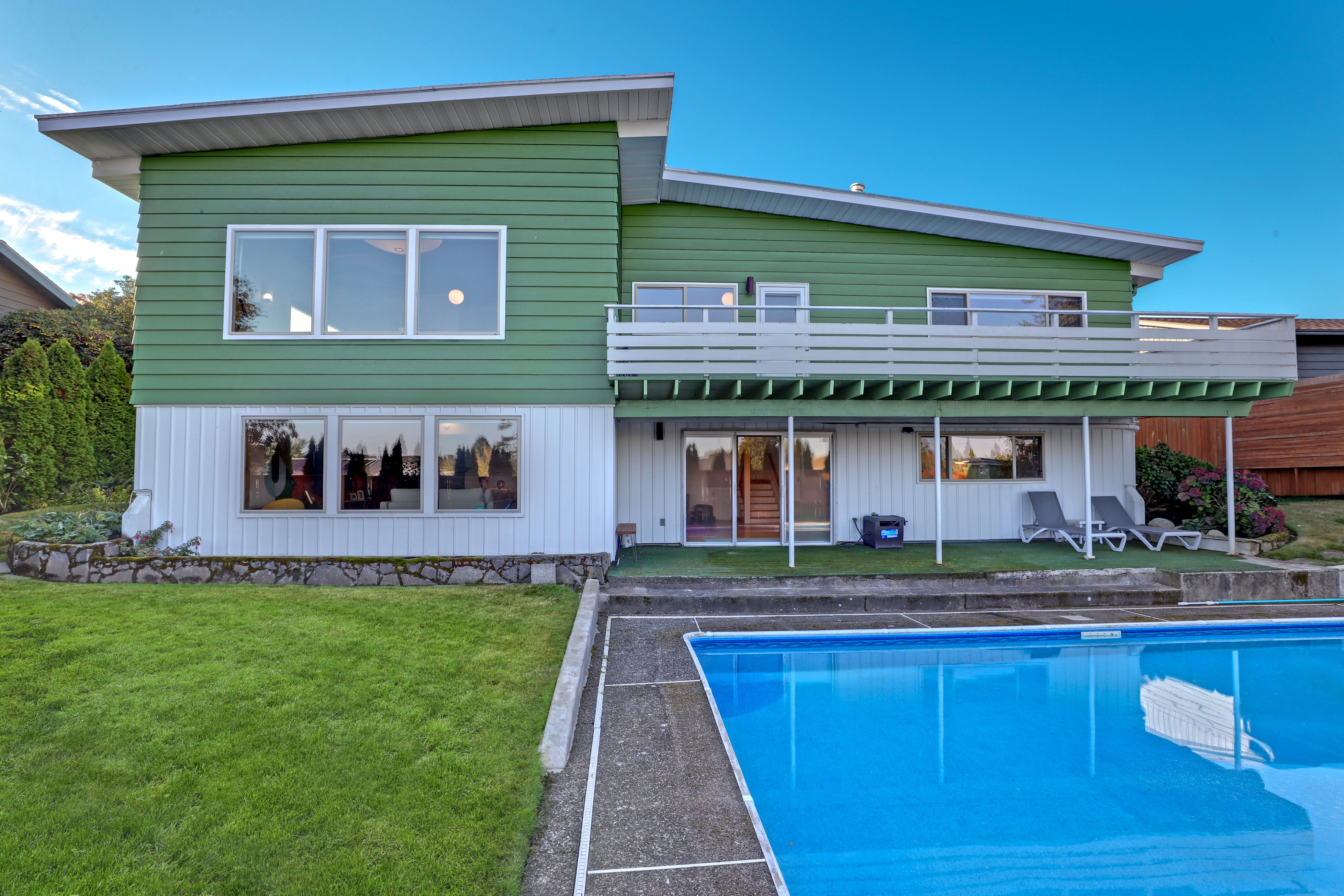Birth of a Brand: Cedar & Moss
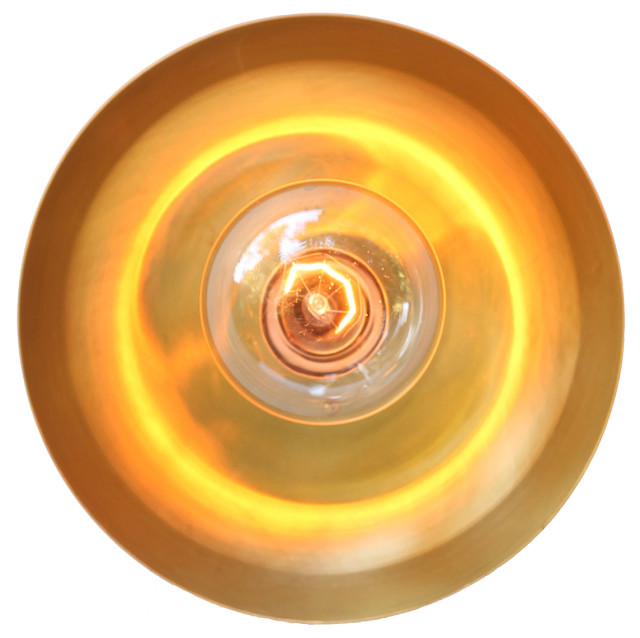
A year ago, Michelle Steinback had no idea she was about to start a lighting company.
In 10 years at Schoolhouse Electric, she had risen to the position of vice president, with dual responsibility for the ambitious indie housewares company’s marketing and design departments. She also had three kids. Put it all together, and she was ready for a change.
“We always had a nanny, and I was missing so much,” the 38-year-old says now. “The work/life balance just wasn’t there.”
She left Schoolhouse and, at around the same time, found a dilapidated mid-century house nooked into an obscure pocket of Lake Oswego. A wealthy (but, shall we say, frugal) Manhattan couple had used the place as a Portland pied a terre, but did little to maintain it. But it had the proverbial good bones, some cool Asian accents begging for a facelift—and then there was the view. While the front of the house faces a quiet suburban street, its back windows and decks open directly into the verdant alternate world of Tryon Creek State Park.
“The second I saw that, I knew it was right,” Steinback says. She’d trained as a landscape architect, and long dreamed of a start-up concept she describes as “a modernist Smith & Hawken.”
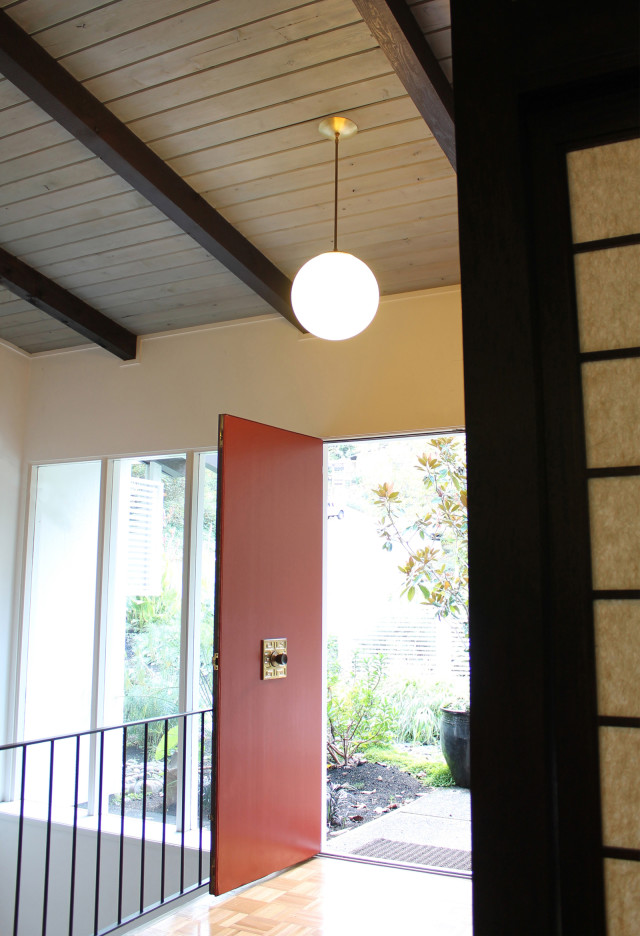
Moldering carpet and a very large colony of mice made way for a suite of understated, white-walled spaces that feel like they humbly let the forest outside make the big design statements. As the remodel unfolded, another feature of the house asserted itself: numerous wall sconces and ceiling fixtures calling out for lighting solutions.
Steinback began designing her own fixtures—a DIY project that grew rapidly to product-line size. As she worked to match her new home’s emerging aesthetic, she found herself gravitating to a slightly different palette of influences than that she’d used in her extensive design work for Schoolhouse.
“My sensibilities are the same,” she says, “but that brand as a definite nostalgia to it, and a very American look. My roots as a designer are actually in European modernism. And there just wasn’t anything out there that matched the look that I had in my head. Even when you get ‘mid-century modern’ fixtures, many times they lack a little bit of refinement. I realized that here, the lines just needed to be cleaner than most of what’s on the market. I wanted a quieter, more tightly edited version of ‘modern.’”
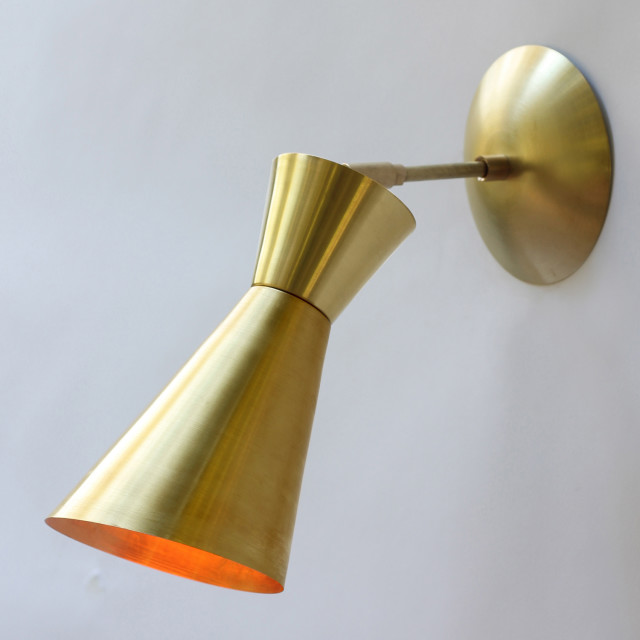
By November, Steinback had enough material to launch Cedar & Moss, a lighting line she now designs, builds, and runs out of her basement. Utilizing US-sourced parts—West Virginia glass, Massachusetts wire, brass components from LA—and a local plating company, Steinback applies patinas by hand in her laundry room. She assembles and ships each order.
“I’m finding that I actually like having limited resources,” she says. “It forces me to be very smart about how I use parts, how I order, how I design. I need to figure out ways to use the same parts in different ways to create completely different pieces.”
The new company’s brand identity strikes a fascinating balance between Portland woodsiness and a refined modernist sensibility. The debut lookbook juxtaposes Steinback’s fixtures and lamps with hyper-real close-ups from the forest environment. The branding colors also evoke the forest, but with oranges, tans, and browns rather than straightforward greens. The result: a Euro-modern, almost Scandinavian flip on the standard crunchy Northwest design vibe. “Western European design is where modernism comes from, after all,” Steinback notes.
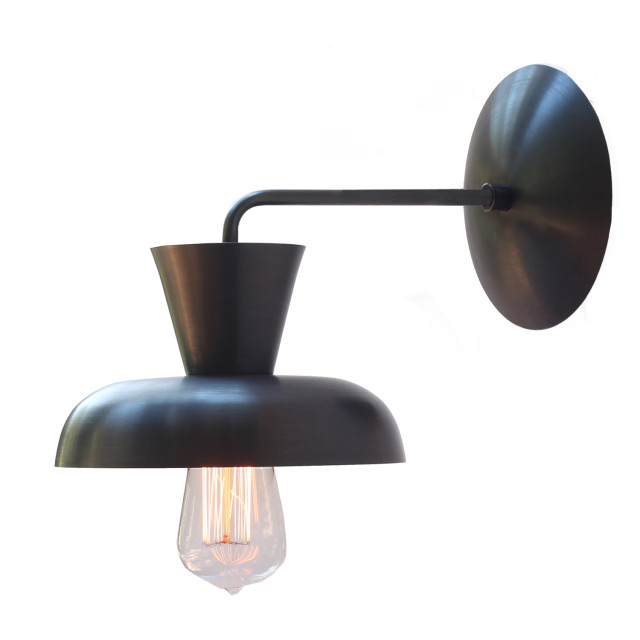
After glowing write-ups from several influential design blogs, Steinback found herself besieged (at least for a one-person operation) by orders. “I thought it would take a couple of years,” she says. “But frankly, I’m kind of overwhelmed by how many lights I need to build.” Even so—and with the prospect of making her first new hires in the new year—she hopes Cedar & Moss grows into a company that embodies the balance that led her to that inspirational forest view.
“Now I can create that culture, and not just for myself but for my future staff. I really believe that it’s possible. What’s it all about if not your family, your life, and your health?”
